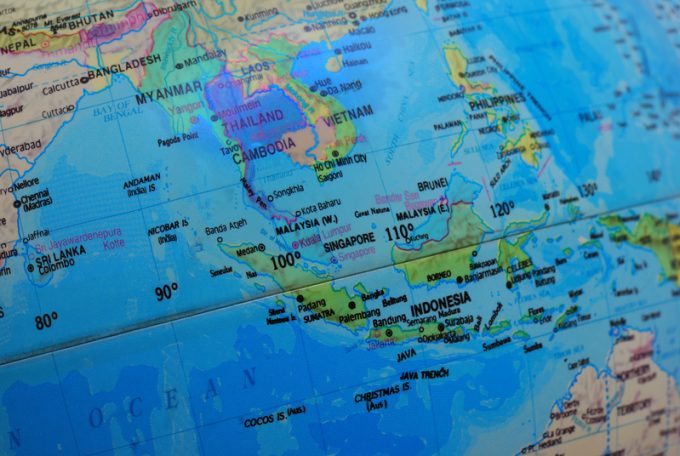'Stop-gap measures' shippers could use to cope with the China tariff crisis
Exporters in China are invoking short-term emergency supply chain plans to try to mitigate tariff ...

What a major shipping line called the “black swan” container shortage has hit intra-Asia trades as carriers prioritise transpacific profits.
With some 30m teu carried each year, the intra-Asia tradelane is the largest in the world, comprising around 100 port pairs.
Costs have traditionally been kept in check, there’s been less carrier consolidation than on deepsea trades, with major regional players competing for cargo.
However, these previously low-cost shipping routes are now seeing large freight rate increases and carrier surcharges.
“Intra-Asia rates have increased ...
Asia-USEC shippers to lose 42% capacity in a surge of blanked sailings
USTR fees will lead to 'complete destabilisation' of container shipping alliances
New USTR port fees threaten shipping and global supply chains, says Cosco
Outlook for container shipping 'more uncertain now than at the onset of Covid'
Transpac container service closures mount
DHL Express suspends non-de minimis B2C parcels to US consumers
Zim ordered to pay Samsung $3.7m for 'wrongful' D&D charges
Flexport lawsuit an 'undifferentiated mass of gibberish', claims Freightmate

Comment on this article
Nurul
November 18, 2020 at 6:20 amI need some information about cargo to sending items export some spice & retail food product from Indonesia to Egypt, thanks you!